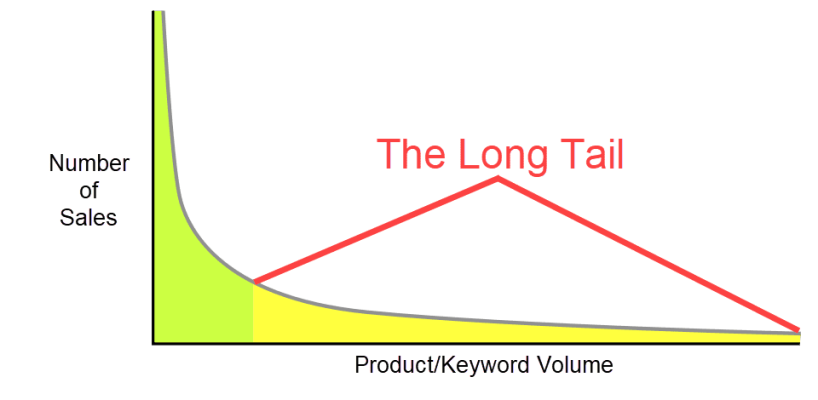Hi there,
What site do you guys favor to do a monte carlo simulation?
I use portfolio visualizer, but was wondering if there was a better one
https://www.portfoliovisualizer.com/
thanks!
What site do you guys favor to do a monte carlo simulation?
I use portfolio visualizer, but was wondering if there was a better one
https://www.portfoliovisualizer.com/
thanks!

